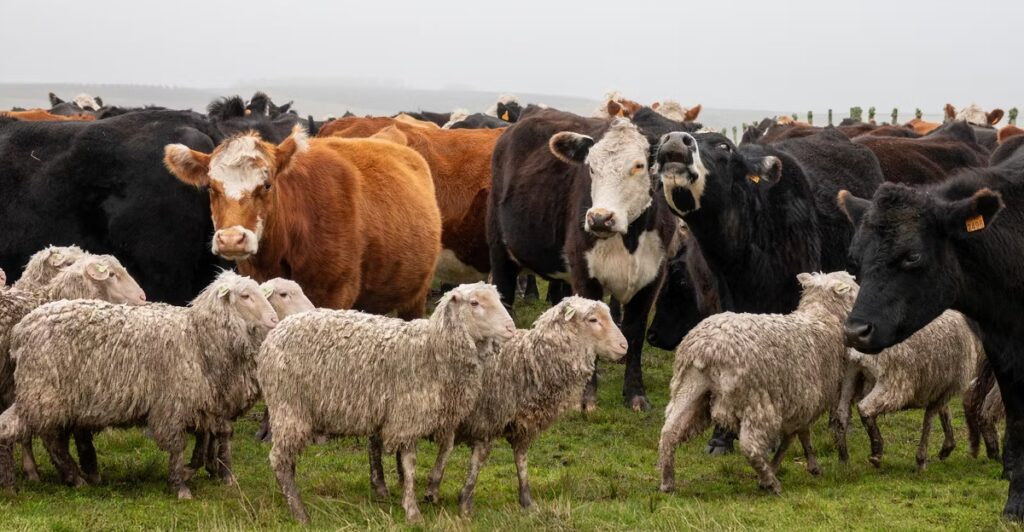
Cows have long been part of the climate conversation—but here’s something most people don’t know: some naturally produce way less methane than others. Now, scientists and breeders across four continents are teaming up to scale this hidden superpower. With a $27.4 million boost from the Bezos Earth Fund and Global Methane Hub, they’re breeding climate-friendly livestock that could quietly transform agriculture—and help tackle one of the planet’s most powerful greenhouse gases.
Can Breeding Low-Methane Cows Really Curb Climate Change?

At the heart of this $27.4 million initiative lies a bold question: can we breed our way out of a methane crisis? Cattle are responsible for nearly 40% of global methane emissions from agriculture, largely due to enteric fermentation—a byproduct of their digestion process. But emerging research reveals that not all cows emit methane equally.
Some naturally expel 20–30% less, due to differences in their gut microbiota and genetic makeup. This isn’t about reinventing cattle, but rediscovering traits already present in herds worldwide.
The initiative, funded by the Bezos Earth Fund and the Global Methane Hub, aims to accelerate these natural advantages through strategic breeding—offering a low-tech, scalable, and farmer-friendly solution to a high-stakes environmental problem. It’s not just about cows—it’s about unlocking nature’s potential to heal itself.
How Scientists Identify Climate-Friendly Cows

Identifying low-emitting livestock starts with understanding their digestion on a microbial level. When cows digest fibrous plant matter, microbes in their rumen produce methane as a byproduct. However, some cows have microbial communities that are more efficient, releasing significantly less gas.
Researchers now use wearable devices like GreenFeed machines to capture and measure methane levels each time a cow exhales, creating a real-time emissions profile. These data are then paired with genetic analyses to pinpoint traits linked to lower emissions.
This dual-pronged approach allows scientists to map methane emissions to heritable traits, making it possible to selectively breed climate-efficient cattle without compromising productivity or health. The goal isn’t genetic engineering, but accelerated natural selection—with methane reduction as a new benchmark for success alongside milk yield and meat quality.
Why Methane Matters More Than CO₂ (At Least in the Short Term)

Methane may not linger in the atmosphere as long as carbon dioxide, but it punches well above its weight. Over a 20-year period, methane traps heat more than 80 times more effectively than CO₂, making it a critical lever in the fight against near-term warming.
According to the United Nations Environment Programme, cutting methane emissions is one of the fastest, most cost-effective ways to slow climate change. Livestock emissions account for over 30% of global methane output, with cattle alone contributing the bulk.
Unlike CO₂, which primarily comes from fossil fuel use, methane reductions can yield rapid climate benefits. Breeding low-methane livestock tackles the issue at its biological root—making this initiative a rare case where agriculture becomes part of the solution, not just the problem.
A Truly Global Herd: Why Four Continents Are Involved
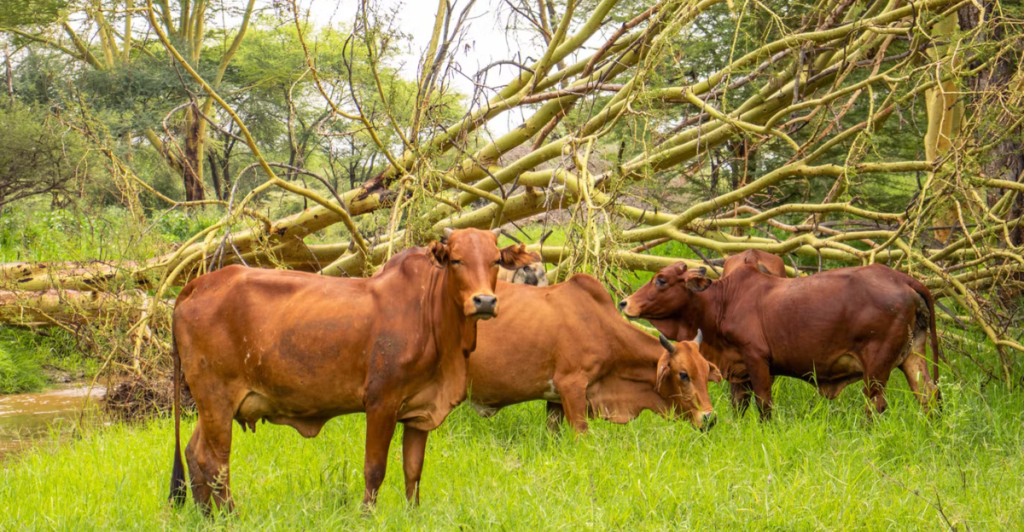
To succeed, this initiative needs more than one breed, one region, or one approach. That’s why it spans four continents—North America, South America, Europe, and Africa—with research institutions screening over 100,000 animals across various ecosystems and breeds.
Cattle genetics, climate conditions, and farming practices differ vastly across regions. For example, Africa’s indigenous breeds are often smaller and more heat-tolerant, while European breeds may offer higher yields. By casting a global net, researchers can ensure the selected low-methane traits are not only effective but adaptable.
This global diversity also helps build resilience against future climate shifts, ensuring that any solution developed is inclusive and scalable. It’s not just about improving emissions in wealthy nations—it’s about transforming livestock agriculture at the planetary level.
The Money Behind the Mission—And Why It Matters
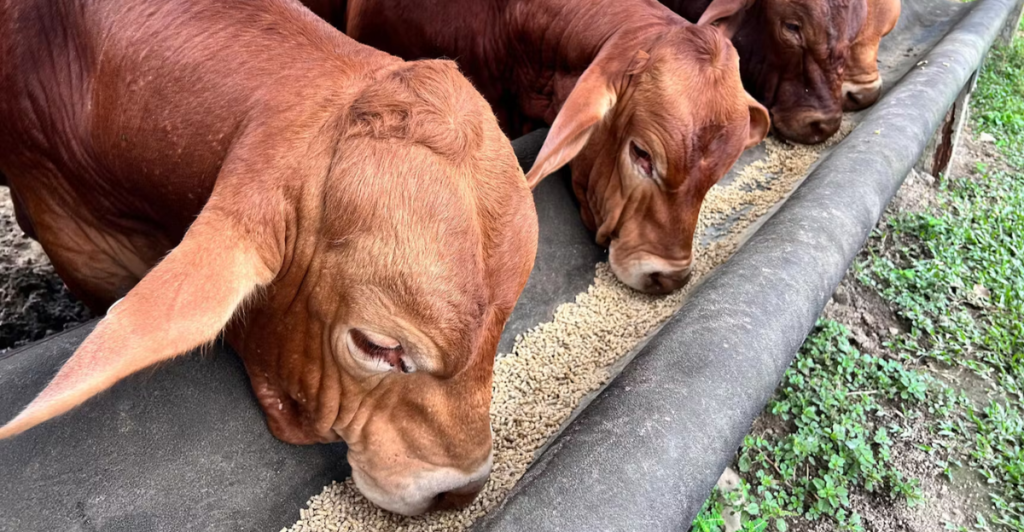
The financial backing for this initiative reflects a major shift in climate philanthropy. The Bezos Earth Fund is contributing $19.3 million, while the Global Methane Hub adds $8.1 million.
What makes this different from traditional research grants is its comprehensive scope: funds will support genetic research, data infrastructure, farmer outreach, and on-the-ground breeding programs. It’s a holistic investment in both knowledge and implementation. This isn’t a speculative venture—it’s a calculated bet on proven traits and long-term gains.
The initiative’s alignment with the Global Methane Pledge, signed by over 150 countries, adds policy relevance and strategic urgency. If successful, this model could inspire other agricultural innovation investments, signaling that climate action doesn’t always require radical disruption—sometimes, it just needs well-funded, well-planned collaboration.
The Tech-Forward Side of Traditional Breeding

Breeding for methane efficiency might sound like old-school animal husbandry—but technology is reinventing how it’s done. Advanced tools like genomic sequencing, big data analytics, and even AI-assisted breeding algorithms are accelerating progress.
Wearable methane sensors provide continuous data, while cloud-based databases allow researchers across continents to compare emissions and genetic markers in real-time. With the help of AI, breeding decisions that once took years can now be optimized in months.
This convergence of tradition and technology exemplifies a broader trend in sustainable agriculture—using digital tools to revive and refine natural solutions. It also increases transparency and traceability, allowing scientists and policymakers alike to track the real-world climate impact of every calf born under the program.
How Farmers Benefit Without Changing Their Routines
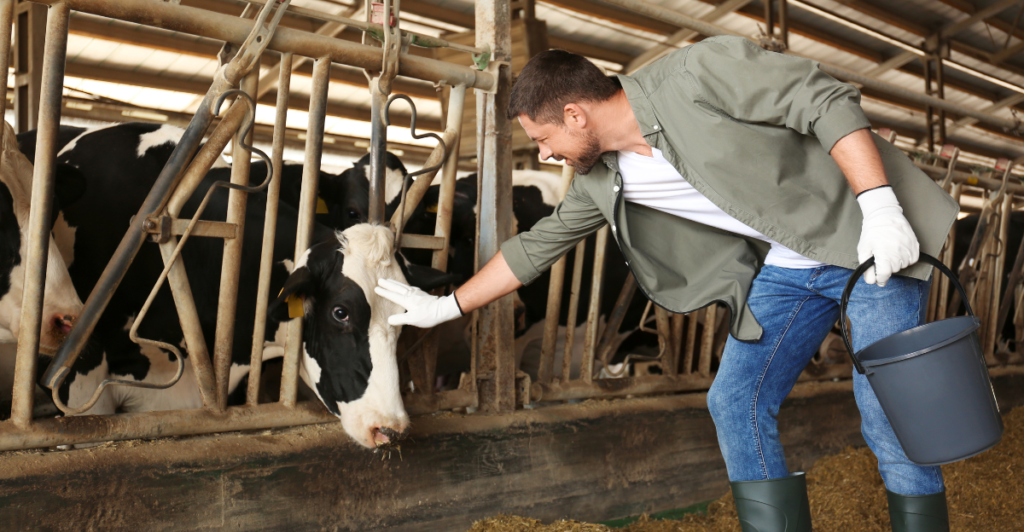
One of the project’s greatest strengths is its low barrier to adoption. Unlike feed additives or dietary overhauls, low-methane breeding doesn’t require farmers to alter what—or how—they feed their cattle. The changes are genetic and generational, meaning once low-emitting traits are introduced into a herd, they self-propagate over time.
This hands-off approach reduces labor demands and upfront costs. Better still, cows with improved digestion often convert feed into meat or milk more efficiently—cutting feed costs and boosting productivity.
That’s a powerful incentive for farmers, especially those in resource-constrained regions. By aligning environmental gains with economic ones, the initiative creates a rare win-win for agriculture: less methane in the air and more profit on the ground.
What Could Go Wrong? Risks, Gaps, and Ethical Questions
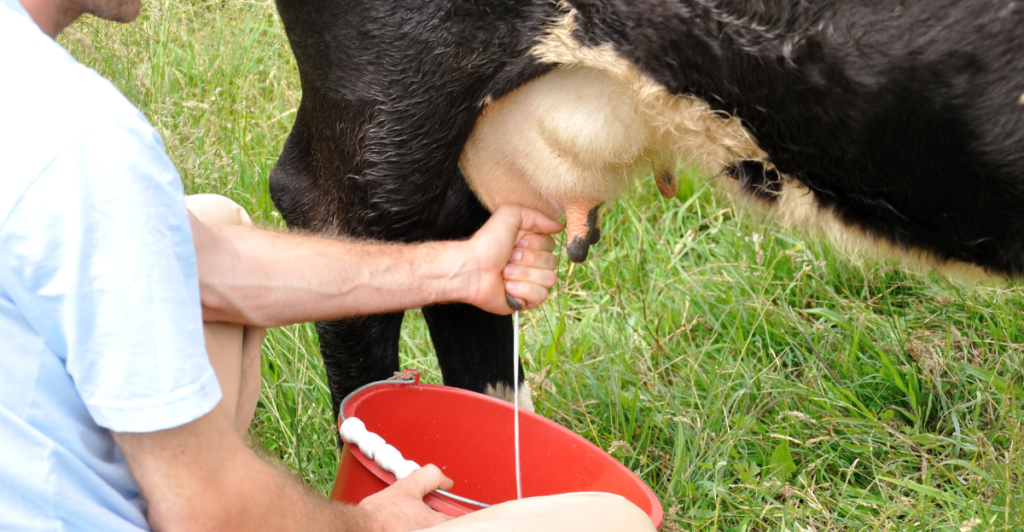
While the promise is real, so are the pitfalls. Breeding for one trait—methane reduction—risks narrowing genetic diversity if not carefully managed. Past efforts to optimize livestock for milk or muscle led to unintended consequences like reduced fertility or disease resistance.
There’s also the challenge of equity: will smaller, poorer farms have access to elite low-methane genetics, or will benefits be concentrated in wealthy nations? Ethical concerns arise too—are we shifting blame from polluting industries to farmers trying to make a living?
And what happens if methane efficiency compromises animal welfare in ways we don’t yet understand? These questions underscore the need for robust safeguards, inclusive policies, and transparent monitoring. The path forward must be as thoughtful as it is innovative.
Could This Model Work for Other Species—or Industries?
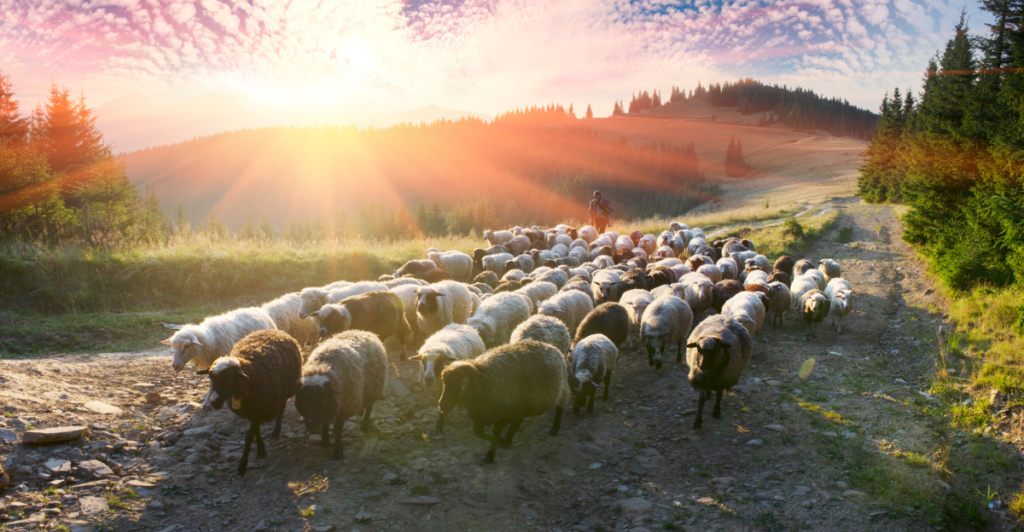
If cattle can be bred for climate resilience, what about pigs, sheep, or even aquaculture species like tilapia? The principle of selecting for low-emission traits could easily extend beyond cows.
Some startups are already exploring low-methane dairy goats and precision-bred chickens. But this model has implications beyond agriculture too. Imagine urban planners designing low-emission tree varieties for carbon capture, or soil scientists selecting microbes that enhance carbon sequestration.
Even corporate sustainability programs could learn from this initiative’s approach: tackle core emissions biologically, not just behaviorally. In this way, the low-methane livestock project becomes more than a farming fix—it becomes a blueprint for a broader nature-based climate strategy.
Could This Quiet Revolution Be Agriculture’s Climate Legacy?
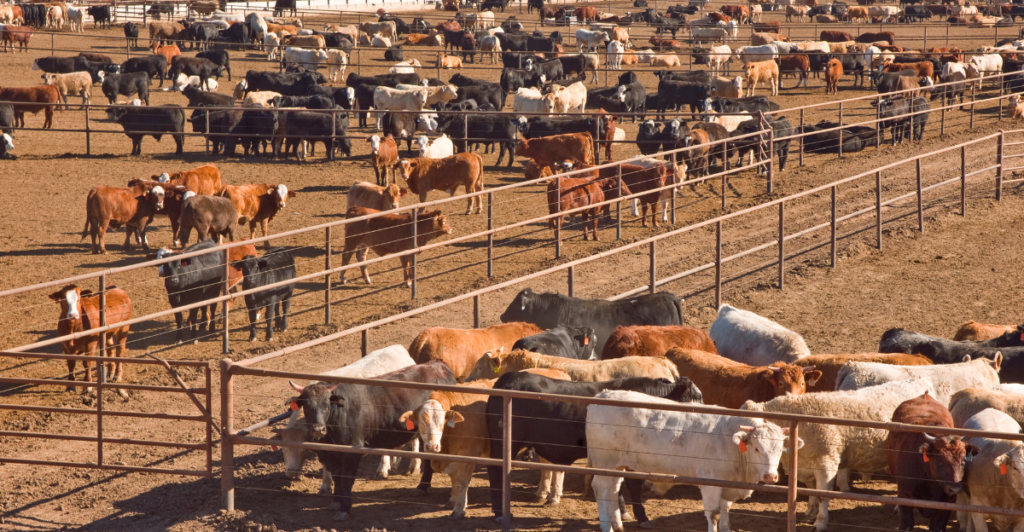
Not all climate solutions roar into the spotlight. Some, like low-methane livestock breeding, unfold quietly in pastures and barns, reshaping the future one calf at a time. This initiative proves that innovation doesn’t always mean disruption—it can mean refinement, rediscovery, and realignment with nature.
If successful, it could mark the beginning of a new era in agriculture, where breeding programs factor in climate impact alongside productivity. It challenges the narrative that farming is part of the problem and reframes it as part of the solution.
With the right funding, technology, and global cooperation, these quiet interventions may become the most powerful tools we have—not just for fighting climate change, but for rethinking humanity’s relationship with the planet.
Explore more of our trending stories and hit Follow to keep them coming to your feed!

Don’t miss out on more stories like this! Hit the Follow button at the top of this article to stay updated with the latest news. Share your thoughts in the comments—we’d love to hear from you!







